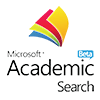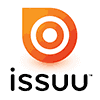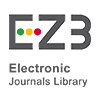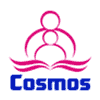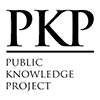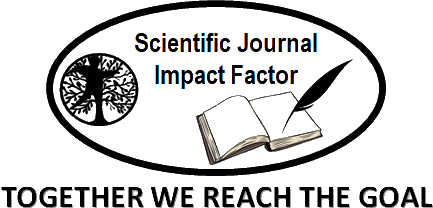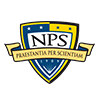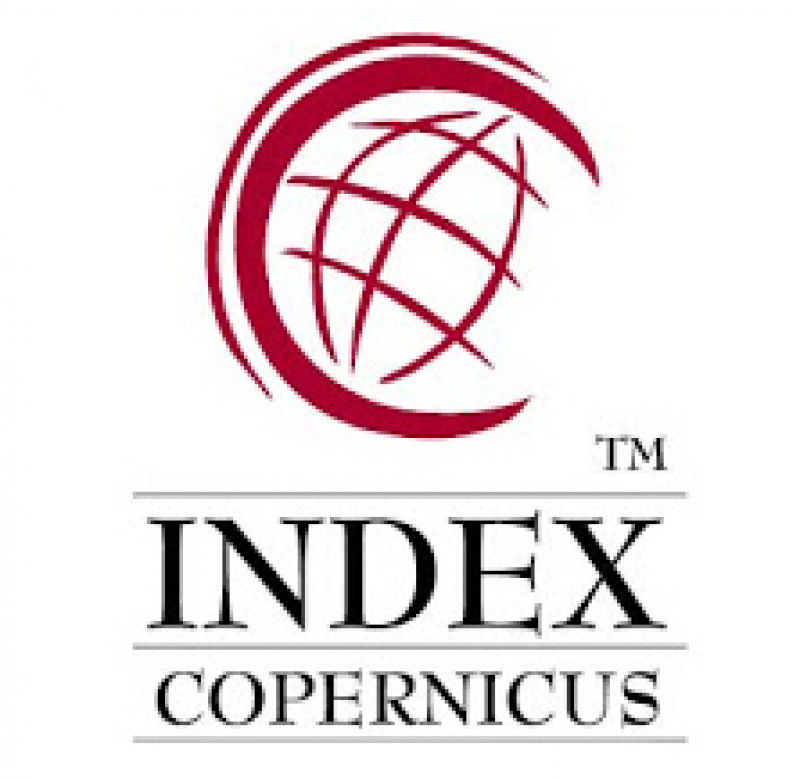Bloom’s Revised Taxonomy: An Approach to the Content Analysis of the ESP Medical and Paramedical Textbooks
Abstract
Objective: This research aimed to conduct a content analysis of medical and paramedical textbooks at Shiraz University of Medical Sciences, focusing on Bloom's Revised Taxonomy (2001). The study sought to determine which taxonomy levels are more prominent in both types of textbooks and whether there are any differences between the two disciplines regarding thinking skills and knowledge levels. Method: The textbooks were coded using a coding scheme for which the reliability was assessed through intra-coder reliability. After data analysis, we calculated the frequencies and percentages of different thinking levels and knowledge. Results: The findings revealed that medical textbooks emphasize lower levels of thinking and knowledge although there is some variation in the learning objectives of the taxonomy. On the other hand, paramedical textbooks prioritize higher knowledge and thinking, albeit with less diversity. The Chi-Square test confirmed a statistically significant difference between the types of exercises in the two groups of textbooks. Discussion: Medical textbooks exhibited a broader coverage but less depth in terms of thinking skills and knowledge, while paramedical textbooks demonstrated the opposite pattern. Finally: the study provides implications for teachers and material developers to consider.
Keywords
Full Text:
PDFReferences
Abalkheel, A. (2021). Amalgamating Bloom’S Taxonomy and Artificial Intelligence To Face the Challenges of Online EFL Learning Amid Post-Covid-19 in Saudi Arabia. International Journal of English Language and Literature Studies, 11(1), 16–30. https://doi.org/10.18488/5019.v11i1.4409
Adams, N. (2015). Bloom’s taxonomy of cognitive learning objectives. Journal of Medical Library Association. 103(3): 152–153.
Anderson, L. D. Krathwohl, D. (Eds.). (2001). A Taxonomy for Learning, Teaching and Assessing: A Revision of Bloom's Taxonomy of Educational Objectives. U.S.: AddisonWesley Longman, Inc.
Ary, D., Jacobs, L.C. Razavieh, A., & Sorensen, C. (2006). Introduction to research in education (7th Ed.). Orlando, FL: Harcourt Brace College Publishers, p.443.Cunningsworth, A. (1995). Choosing your coursebook. London: Heinemann.
Divsar, H. (2020). Bloom’s Revised Taxonomy across the Learning Objectives in English Translation Curricula. Iranian Journal of English for Academic Purposes, 8(4), 136-152.
Ebadi, S. & Mozafari, V. (2016). Exploring Bloom’s Revised Taxonomy of Educational Objectives in TPSOL Textbooks. Journal of Teaching Persian Language to Non-Persian Speakers.5(1), 1-12.
Gordani, Y. (2010). An analysis of English textbook used at Iranian guidance school in terms of Bloom’s taxonomy. The Journal of Asia TEFL, 7(2), 249-278.
Haycroft, J. (1998). An introduction To English language teaching.Longman.
Hutchinson, T., & Torres, E. (1994).The textbook as agent of change.ELT Journal, 48(4), 315-328.
Hutchinson, T., & Waters, A. (1987). English for specific purposes: A learning-centered approach. Cambridge, Cambridge University Press.
Javid, Ch. Z. (2015). English for specific purposes: role of learners, teachers and teaching methodologies. European Scientific Journal, 11 (20), 18.
Khodabandeh, F., & Mombini, R. (2018). Iranian EFL Teachers ’ and Students ’ Perceptions towards the First Grade High School English Textbook ( Vision1 ). The Journal of English Language Pedagogy and Practice, 11(22), 141–167.
Lorenzo, F. (2005). Teaching English for specific purposes.Available at: http:/www.usingenglish.com/articles/teaching-english-special-purposes.html.
Misbani, M., Salehi, H., Tabatabaei, O., & Talebinejad, M. (2023). Textbook Evaluation Based on Bloom’s Revised Taxonomy: Iranian Senior High School Textbook in Focus. Journal of Language and Translation, 13(1), 87-102.
Moslehi, S., and Kafipour, R. (2022). Syntactic structure and rhetorical combinations of Iranian Englishresearch article titles in medicine and applied linguistics: A cross-disciplinarystudy. Front. Educ. 7:935274.doi: 10.3389/feduc.2022.935274.
Moslehi, S., & Kafipour, R. (2023). Predictors of Language Proficiency among Medical and Paramedical Students: Vygotskian Sociocultural Theory. Journal of Language and Education, 9(4), 139-150. https://doi.org/10.17323/jle.2023.16615.
O'Neill, R. (1982). Why Use Textbooks. ELT Journal. (36) 2, 104-111.
Parsaei, I., Alemokhtar, M. & Rahimi, A. (2017). Learning objectives in ESP books based on Bloom’s Revised Taxonomy. Beyond Words, 5(1),14-22. Available from: https://doi.org/10.33508/bw.v5i1.1112. Accessed 24.10.2024.
Rashidi, N., & Raghnezhad, M. (2014). A Content Analysis of the Persian Language Textbooks (“Base Courses” and “Capital of Iran”) in terms of Bloom’s Revised Taxonomy. Language Science, 2(3), 106-83. doi: 10.22054/ls.2014.3108.
Razmjoo, S. A. and Kazempourfard, E. (2012). On the Representation of Bloom's Revised Taxonomy in Interchange Coursebooks. The Journal of Teaching Language Skills (JTLS).4 (1),171-204.
Sadighi, Sh., Yamino, M., Bagheri, MS., & Zamanian, M. (2018). Using Bloom’s Revised Cognitive Skills Taxonomy to Evaluate Iranian Students’ Pre-University English Textbook and University Entrance Exams. Journal of Studies in Learning and Teaching English, 7 (1), 69-97.
Sheldon, L. (1988). Evaluating ELT textbooks and materials.ELT Journal, 42 (4),237-246.
Stevani, M., & Tarigan, K. (2022). Evaluating English Textbooks by Using Bloom’s Taxonomy to Analyze Reading Comprehension Question. SALEE: Study of Applied Linguistics and English Education, 4(1), 1-18. https://doi.org/10.35961/salee.v0i0.526 DOI: 10.35961/salee.v0i0.526.
Strevens, P. (1988). ESP after twenty years: A re-appraisal. In M. Tickoo (Ed.), ESP: State of the art (pp. 1-13). SEAMEO Regional Language Centre.
Su, W. M. and Osisek, P.J. (2011). The Revised Bloom’s Taxonomy: Implications for Educating Nurses. The Journal of Continuing Education in Nursing. 42 (7), 321-327.
Ulum, Ö. G. (2022). Is the Revised Bloom’s Taxonomy Revisited in the EFL/ESL Reading Textbooks?. OPUS Journal of Society Research, 19(45),170-177.
DOI: http://dx.doi.org/10.18415/ijmmu.v12i3.6676
Refbacks
- There are currently no refbacks.
Copyright (c) 2025 International Journal of Multicultural and Multireligious Understanding

This work is licensed under a Creative Commons Attribution-NonCommercial-NoDerivatives 4.0 International License.
https://ijmmu.com
editor@ijmmu.com
facebook.com/ijmmu
Copyright © 2014-2018 IJMMU. All rights reserved.









